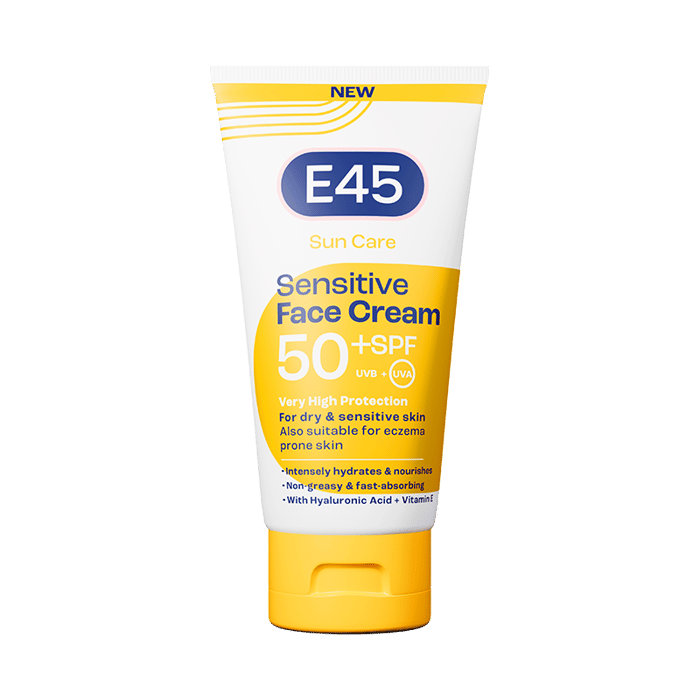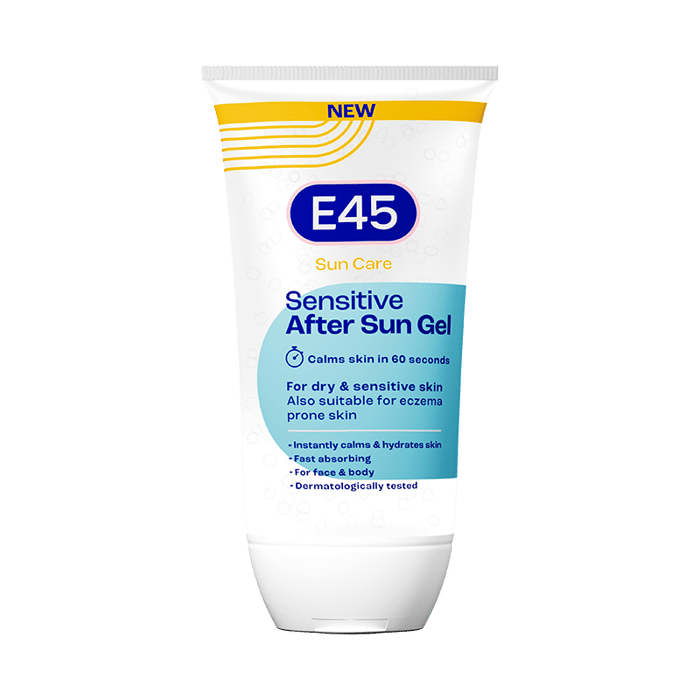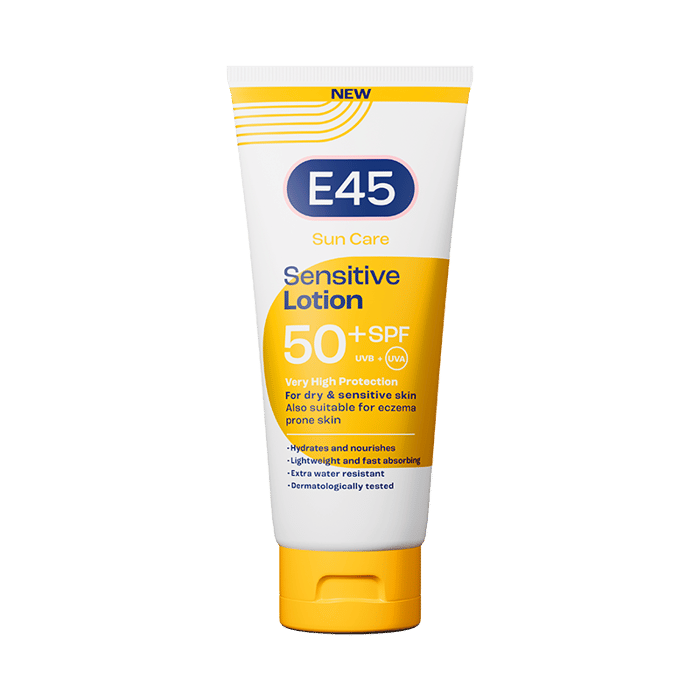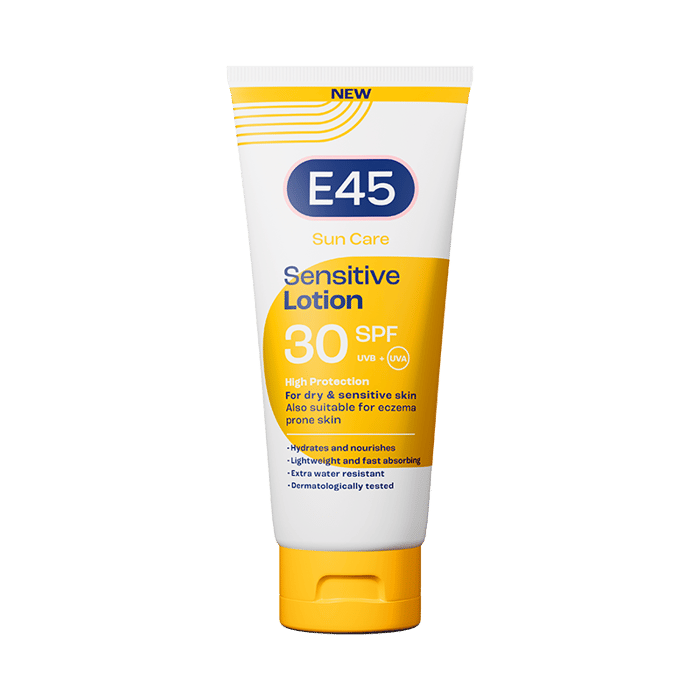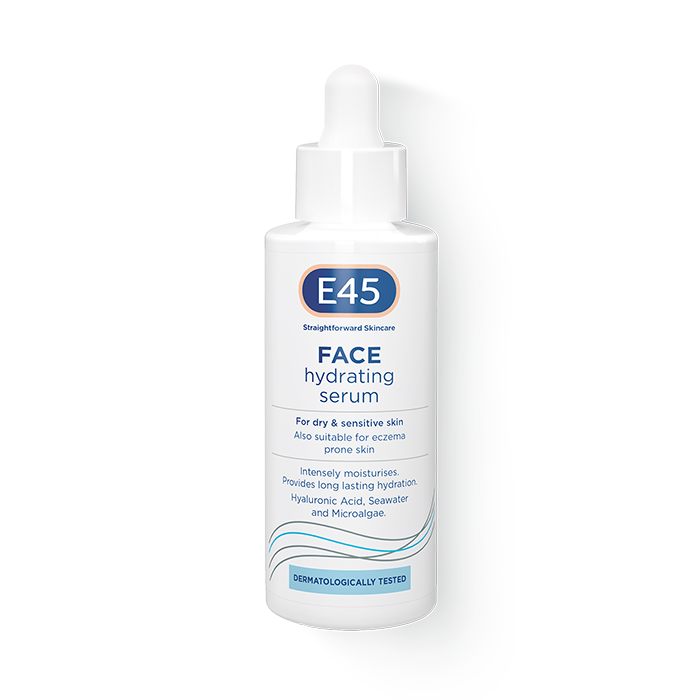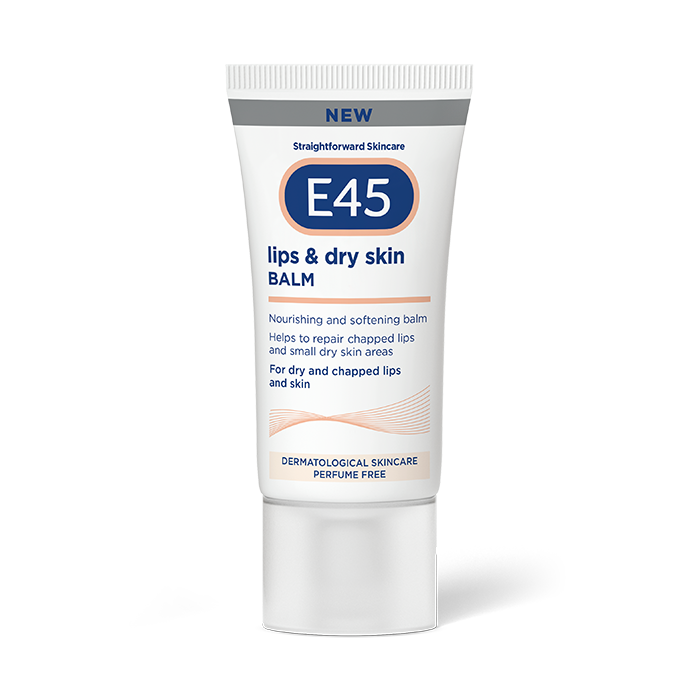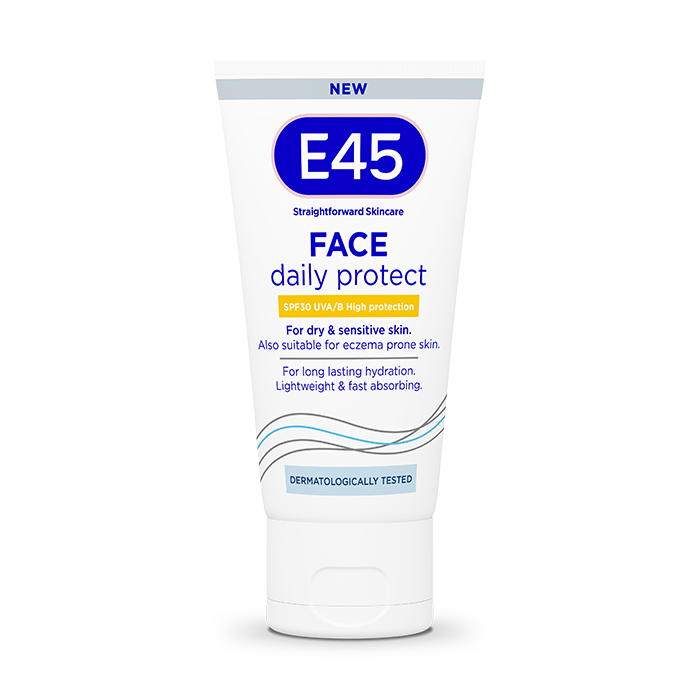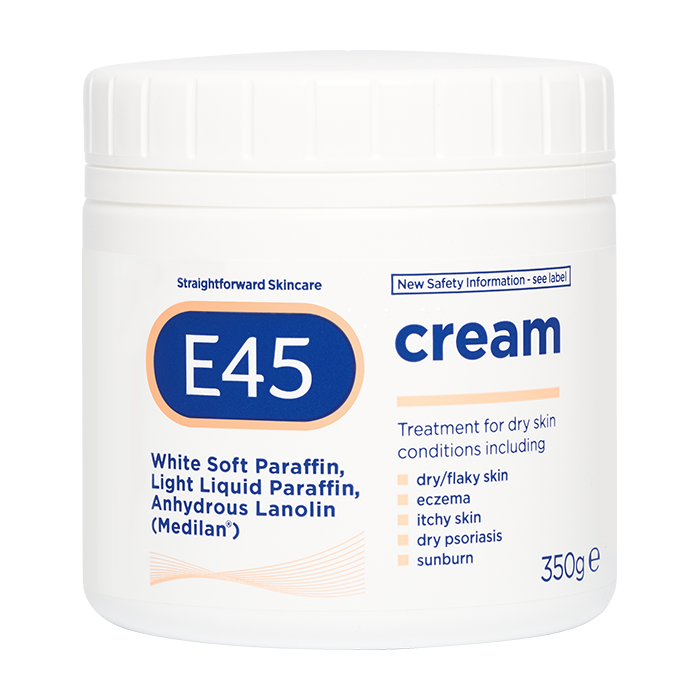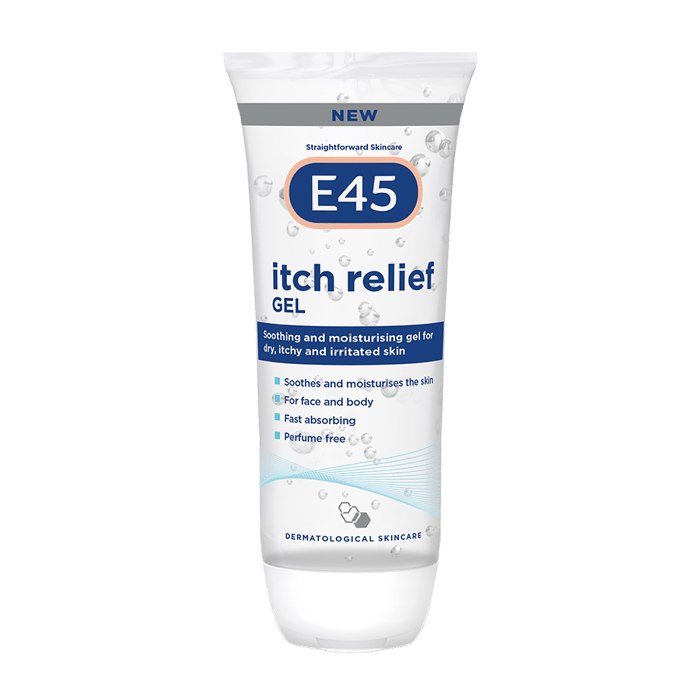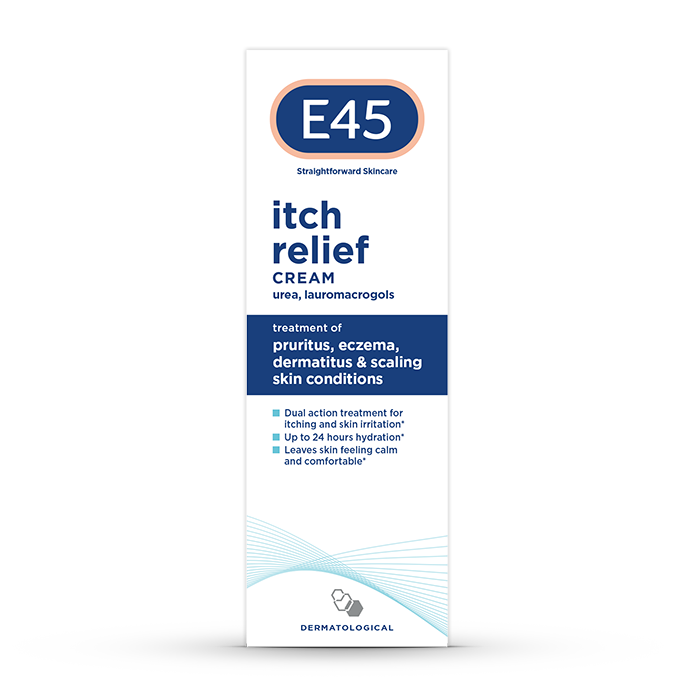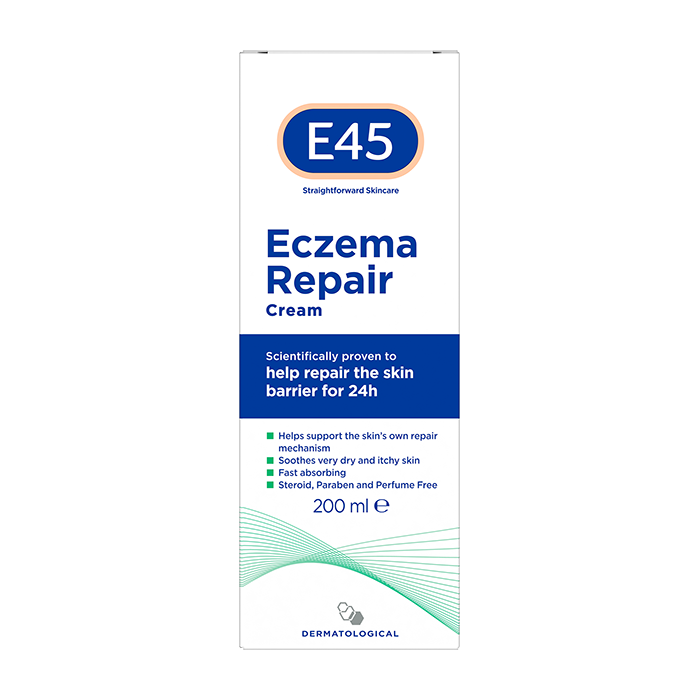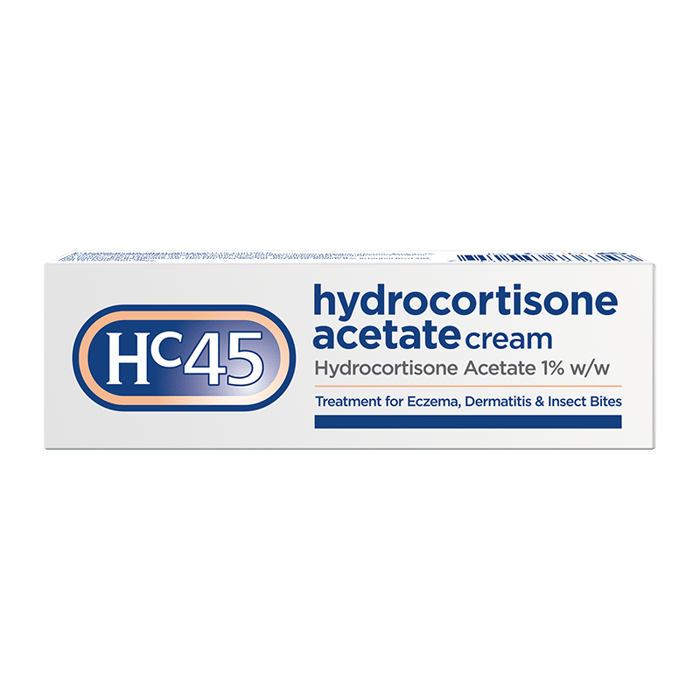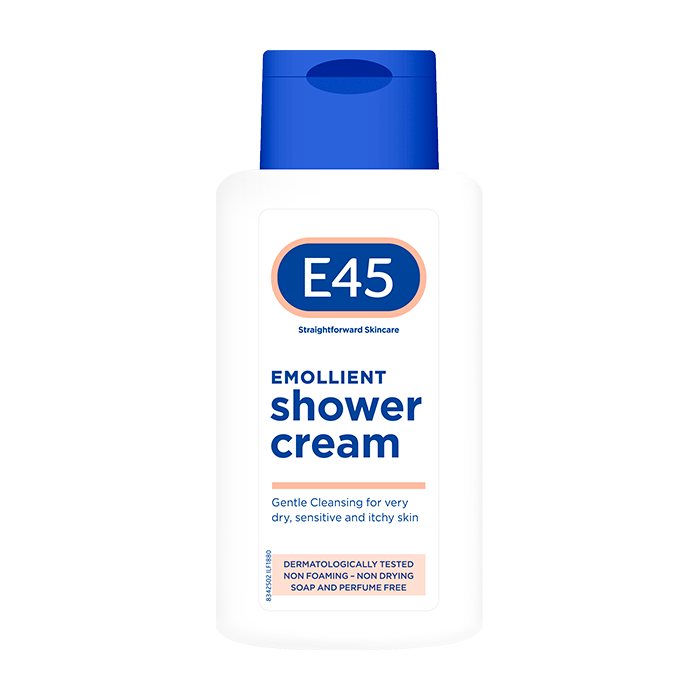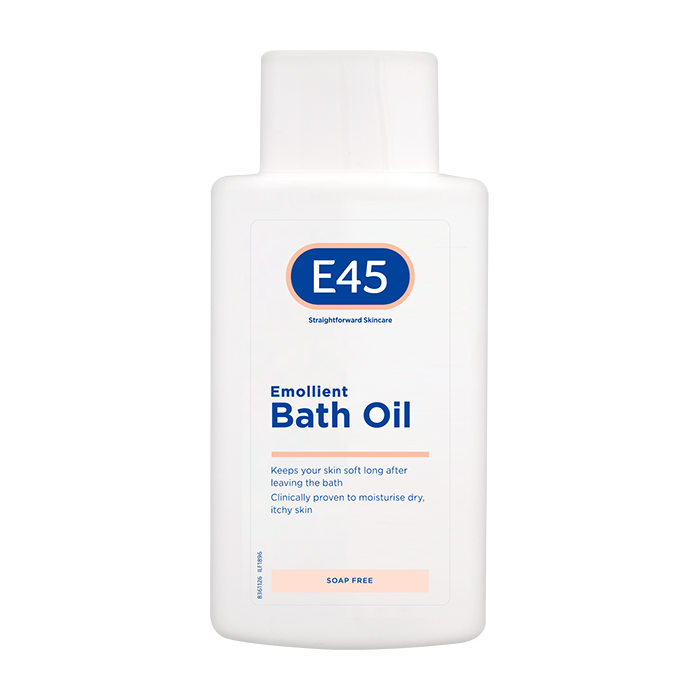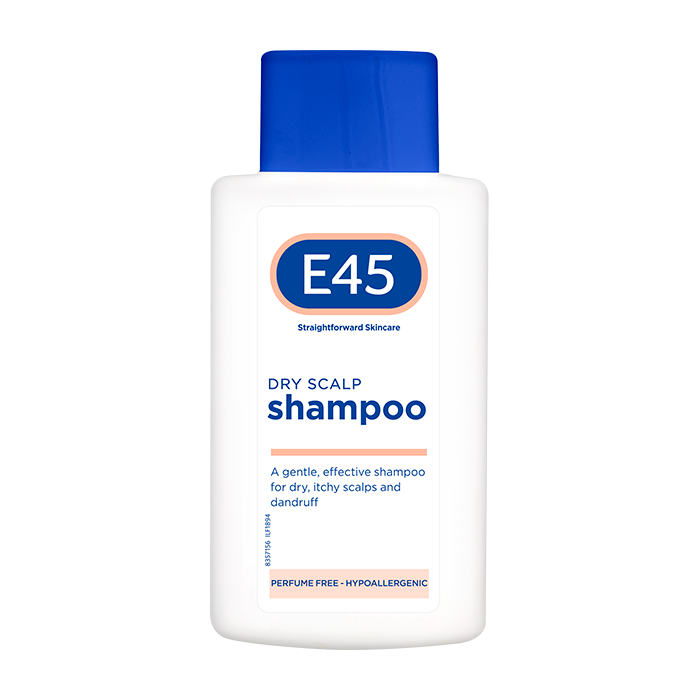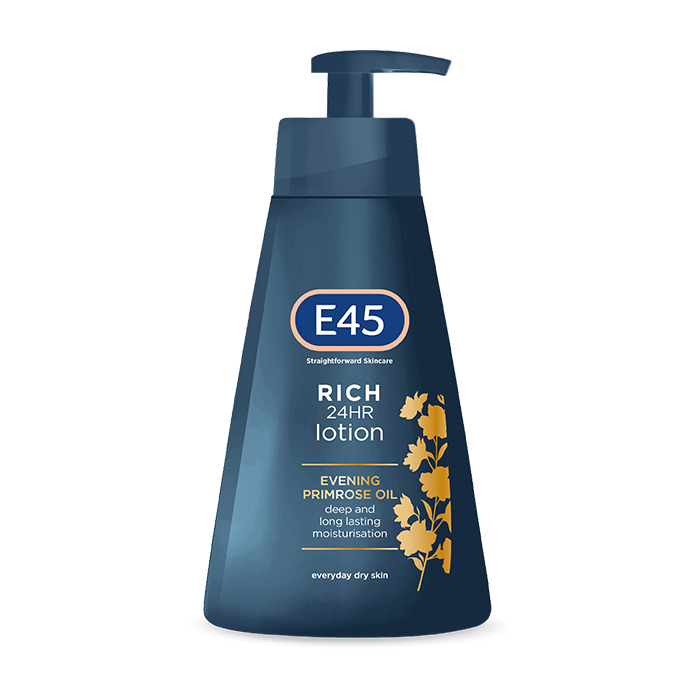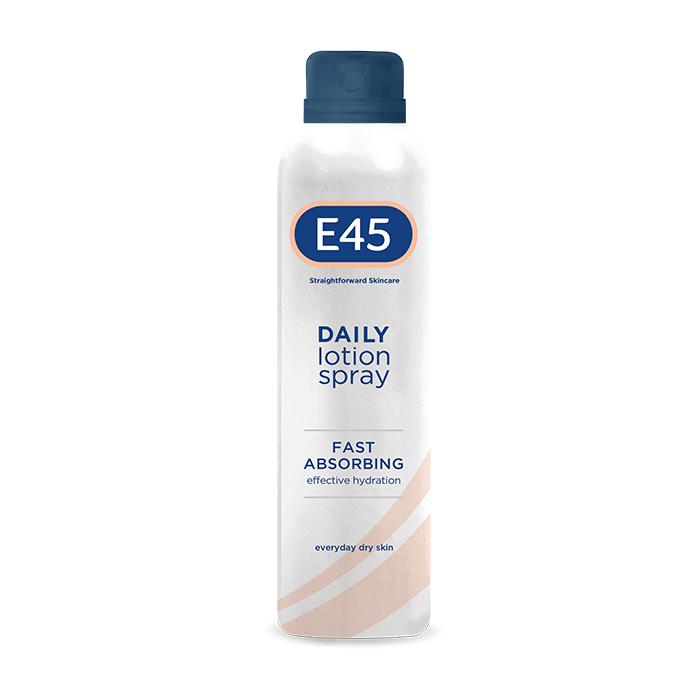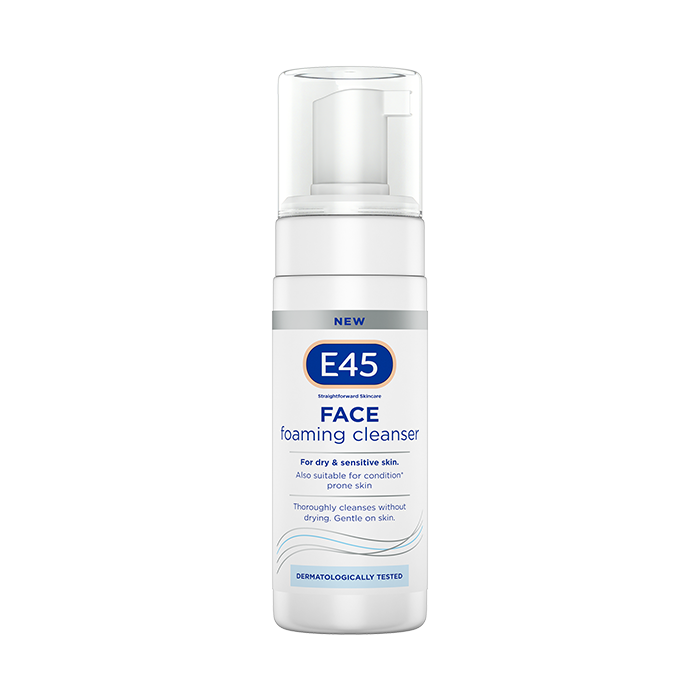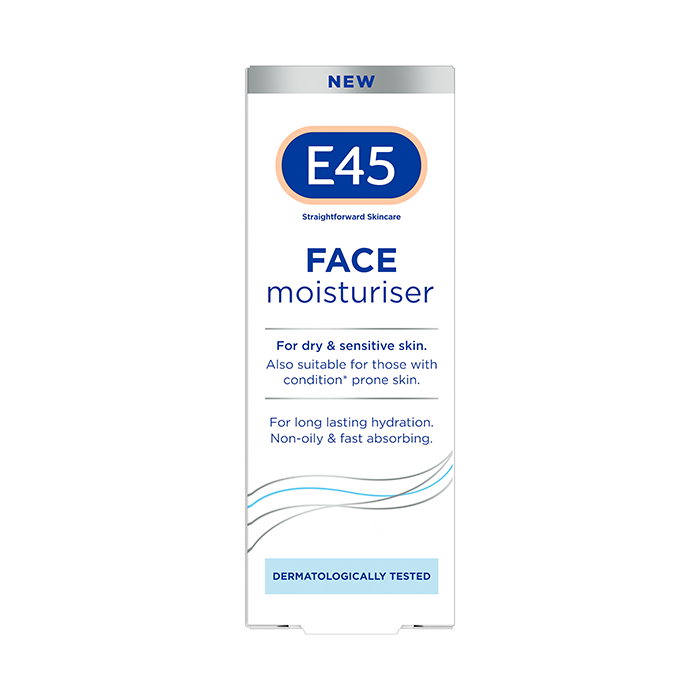Dry skin on the face: Symptoms, causes and care
Dry skin on the face is a common condition that many of us struggle with, especially during the colder months. Maintaining the skin’s natural moisture barrier is important to overall skin health and radiance. In this article, we’ll guide you through understanding facial dryness, its causes, and how you can effectively prevent and manage it.
Symptoms of dry skin on the face
Knowing how to identify dry skin is the first step towards effectively managing it. Here are some common signs that could indicate you’re dealing with dry skin on the face:
- Feeling of tightness: One of the earliest signs of dry skin is a feeling of tightness, particularly after cleansing or bathing. This sensation occurs when the skin lacks sufficient moisture and can be uncomfortable.
- Visible flaking or scaling: Dry skin often presents as flaky or scaly patches on the skin. These can vary from small, barely noticeable patches to larger, more obvious areas.
- Rough texture: Dry skin can cause your skin’s texture to feel rough or uneven to the touch. This is due to the lack of moisture causing skin cells to shrivel and create an irregular surface.
- Itchiness: Dry skin can be itchy, often leading to a cycle of itching and scratching that further damages the skin.
- Redness: Dry skin can sometimes cause the skin to become red or inflamed, particularly if it’s also irritated or scratched.
- Cracks or fissures: In more severe cases, dry skin can lead to deep cracks or fissures in the skin. These can be painful and may even bleed.
- Dull or matte appearance: Due to the uneven surface that scatters light, dry skin often lacks the radiant glow associated with well-hydrated skin, appearing dull or matte instead.
Causes of facial dryness
There can be several reasons for dry skin, ranging from genetics and environmental factors to skincare products and medical conditions. For example, cold weather and low humidity can strip your skin of its natural moisture. Similarly, over-washing or using hot water can disrupt your skin’s natural balance, leading to dryness. Dry skin can also come with age – research shows individuals in their middle age and up are more likely to experience dry skin.
Persistently dry skin could be a sign of an underlying condition, such as eczema, psoriasis or periodical dermatitis – in these cases, it’s advisable to seek advice from a healthcare professional or dermatologist.
Tips for preventing dryness on the face
- Gently does it: Be gentle when washing your face to avoid stripping your skin of its natural oils. It’s best to wash the face with lukewarm water and avoid using hot water, which can be drying.
- Mind your cleanser: Choose a gentle, fragrance-free cleanser specifically formulated for dry skin. Avoid products that contain alcohol or other harsh ingredients, which can exacerbate dryness.
- Don’t over-wash: Over-washing can disrupt your skin’s natural moisture barrier. Limit washing your face to twice a day and after sweating heavily.
- Moisturise regularly: Applying a moisturiser immediately after washing can help lock in moisture. Be sure to choose one that suits your skin type and the climate where you live.
- Stay hydrated: Drinking plenty of water can help to keep your skin hydrated from the inside out.
- Protect your skin: Exposure to the sun can dry out the skin, so it’s important to wear a broad-spectrum sunscreen with an SPF of at least 30, even on cloudy days.
- Humidify your home: Low humidity can lead to dry skin. Consider using a humidifier in your home, especially in the winter or if you live in a particularly dry climate.
- Use soft fabrics: Some fabrics can irritate and dry out the skin. Opt for softer, breathable materials like cotton and silk on pillowcases and clothes.
- Eat a balanced diet: Foods rich in omega-3 fatty acids, like fish and walnuts, can help to strengthen your skin’s protective layer and keep it hydrated.
By incorporating these strategies into your daily routine, you can help to prevent dry skin and encourage overall skin health and hydration.
Managing dry skin on the face
Taking care of dry skin on the face involves a combination of products, ingredients and routines designed to hydrate and replenish the skin’s moisture barrier. Below are some effective strategies to manage facial dryness.
A skincare routine for dry skin on the face
A carefully curated skincare routine can be a game-changer for managing dry skin. Here’s an example of a routine that can work well for dry skin:
- Moisturising toner: After cleansing, a moisturising toner can help remove any residual impurities while balancing your skin’s pH and preparing it for subsequent treatments.
- Serum: A hydrating serum, especially one containing ingredients like hyaluronic acid, can deliver a concentrated dose of moisture to your skin.
- Moisturiser: An effective moisturiser forms a protective layer on your skin to seal in the products you’ve applied, promoting more effective hydration.
Topical treatments
Topical treatments are creams, lotions and oils that you apply directly to the skin to help keep it hydrated and protected. They include:
- Moisturisers: These are products that increase the water content of the skin, reduce evaporation, and make the skin feel smoother and less dry.
- Oils: Certain oils, such as coconut or jojoba oil, can be applied to the skin to supplement your skin’s natural oils. They work to retain moisture in the skin.
- Emollients: Emollients are substances that fill the spaces between skin cells, creating a smooth surface. They’re used to correct dryness and scaling of the skin.
- Occlusives: These substances form a water-repelling layer on the skin surface that reduces moisture loss and help to keep the skin hydrated.
All of these products aim to keep the skin hydrated, soft and protected from environmental factors that can lead to dryness.
When dry skin is severe or caused by a skin condition like eczema or psoriasis, a healthcare professional may recommend alternative treatments. Remember, everyone’s skin is unique, and what works for one person may not work for another. It’s all about finding what works best for your skin and sometimes that might mean asking a professional for advice.
Lifestyle adjustments for healthier skin
Addressing dry skin isn’t just about what you apply externally; it’s also about nourishing your body from within. Try to maintain a balanced diet and ensure that you’re staying hydrated. Regular exercise can also improve your circulation, which contributes to a healthier skin, while managing stress and ensuring adequate sleep can impact your skin’s overall health.
Conclusion: Prioritising your skin’s health
Managing dry skin on your face requires a bit of patience, and consistency. From recognising the difference between dry and dehydrated skin and identifying the causes to exploring various prevention strategies and treatment options, each step is significant in your journey to healthier, more hydrated skin.
An effective skincare routine incorporating appropriate products, key ingredients and techniques can help to address facial dryness, while making lifestyle adjustments (such as following a balanced diet, drinking plenty of water, exercising regularly and getting enough sleep) can encourage overall skin health from within.
Remember, there’s no one-size-fits-all solution in skincare, and what works for one person might not work for someone else. Listen to your skin’s needs, be patient with the process, and don’t hesitate to seek professional help if your symptoms persist. Dry skin can be challenging, but with the right information and approach, it can be effectively managed.
FAQ: Dry skin on the face
Why is my skin not holding moisture?
Your skin may not hold moisture for a variety of reasons. This can include factors such as a damaged skin barrier, ageing, environmental conditions like dry or cold weather, over-exfoliation, and using harsh soaps or detergents that strip the skin of its natural oils. It’s important to keep your skin hydrated and protect its natural moisture barrier to prevent moisture loss.
Can applying too much moisturiser cause dryness?
Applying too much moisturiser doesn’t necessarily cause dryness, but it can lead to other skin issues. For example, excessive use of moisturiser can create a barrier that prevents your skin from producing its own moisture, leading to dependency over time. It can also clog your pores, resulting in breakouts. Using the right amount of moisturiser, according to your skin’s needs, is key.
Can dry skin become normal skin?
Yes, dry skin can become normal with the right skincare routine and lifestyle changes. This can involve using gentle, hydrating skincare products, avoiding harsh soaps and moisturising regularly. Also, maintaining a healthy diet, staying hydrated and avoiding exposure to dry or cold climates can help improve your skin’s moisture levels. For some, dry skin can be a chronic condition. In these cases, it’s advisable to seek advice from a healthcare professional or dermatologist for expert advice.
How rare is dry skin?
Dry skin is not rare. Many people experience dry skin due to factors like weather changes, indoor heating, hot showers and ageing.
Does dry skin ever heal or go away?
Dry skin can improve with appropriate care, including regular hydration and using suitable skincare products. But for some, dry skin can be a long-term condition.
Why is my skin so dry?
Your skin could be dry for various reasons including environmental factors, ageing, or using skincare products that strip your skin of its natural oils.
Why won’t my dry skin go away?
Persistently dry skin could be a sign of an underlying condition, such as eczema or psoriasis, or it could be due to external factors such as the weather or using harsh skincare products.


